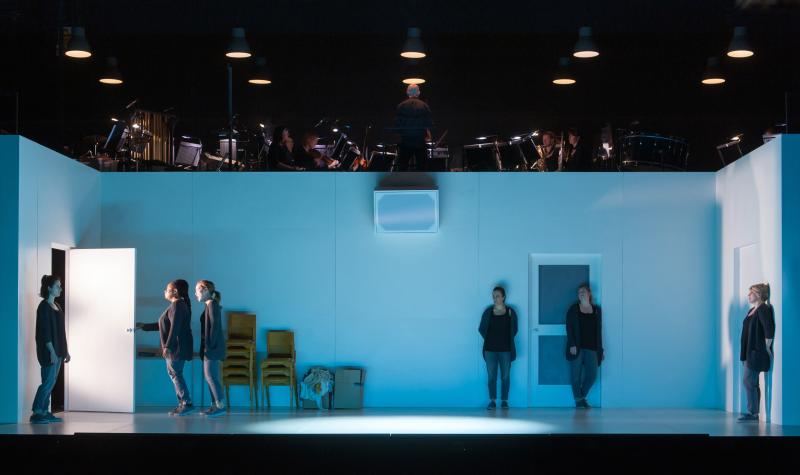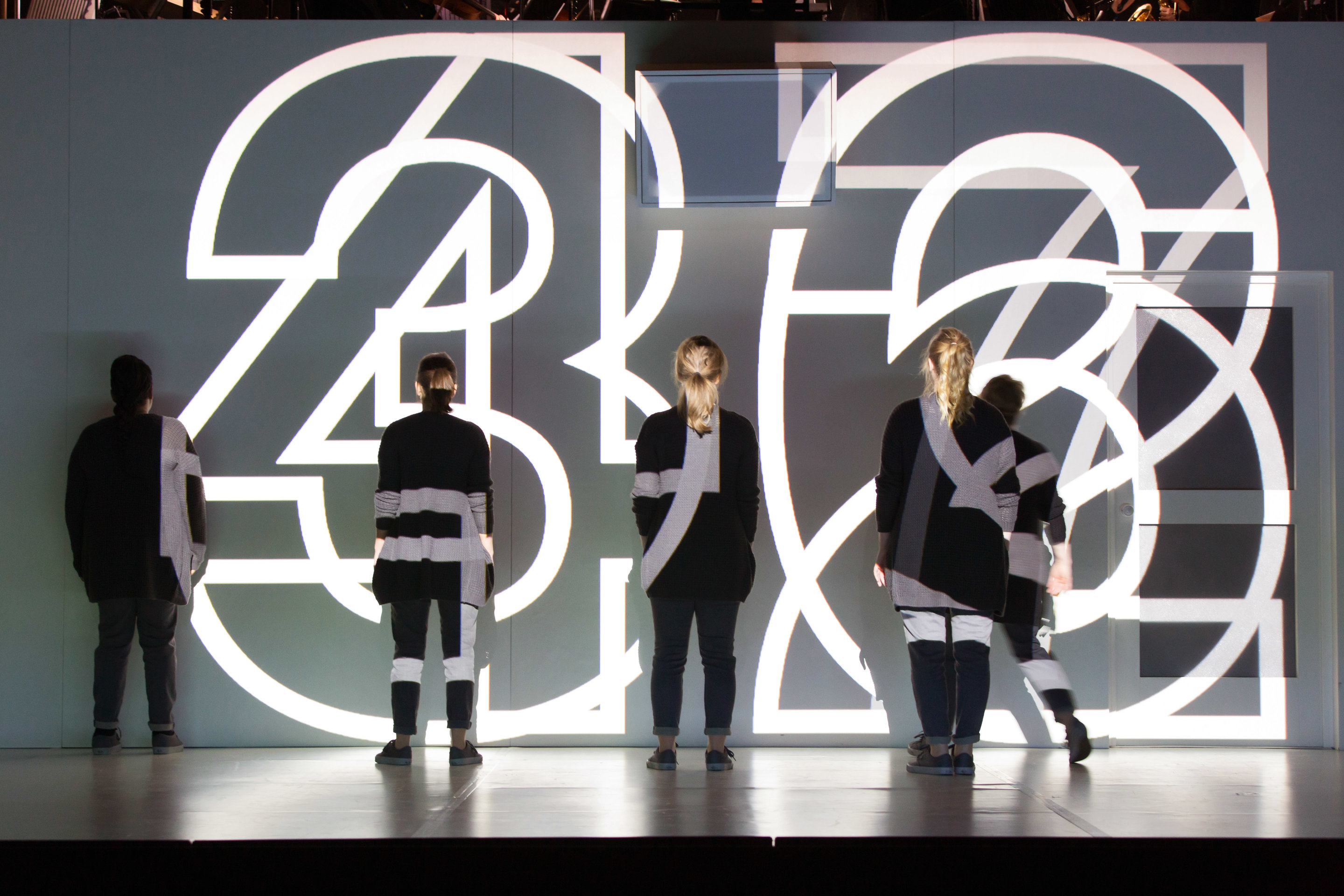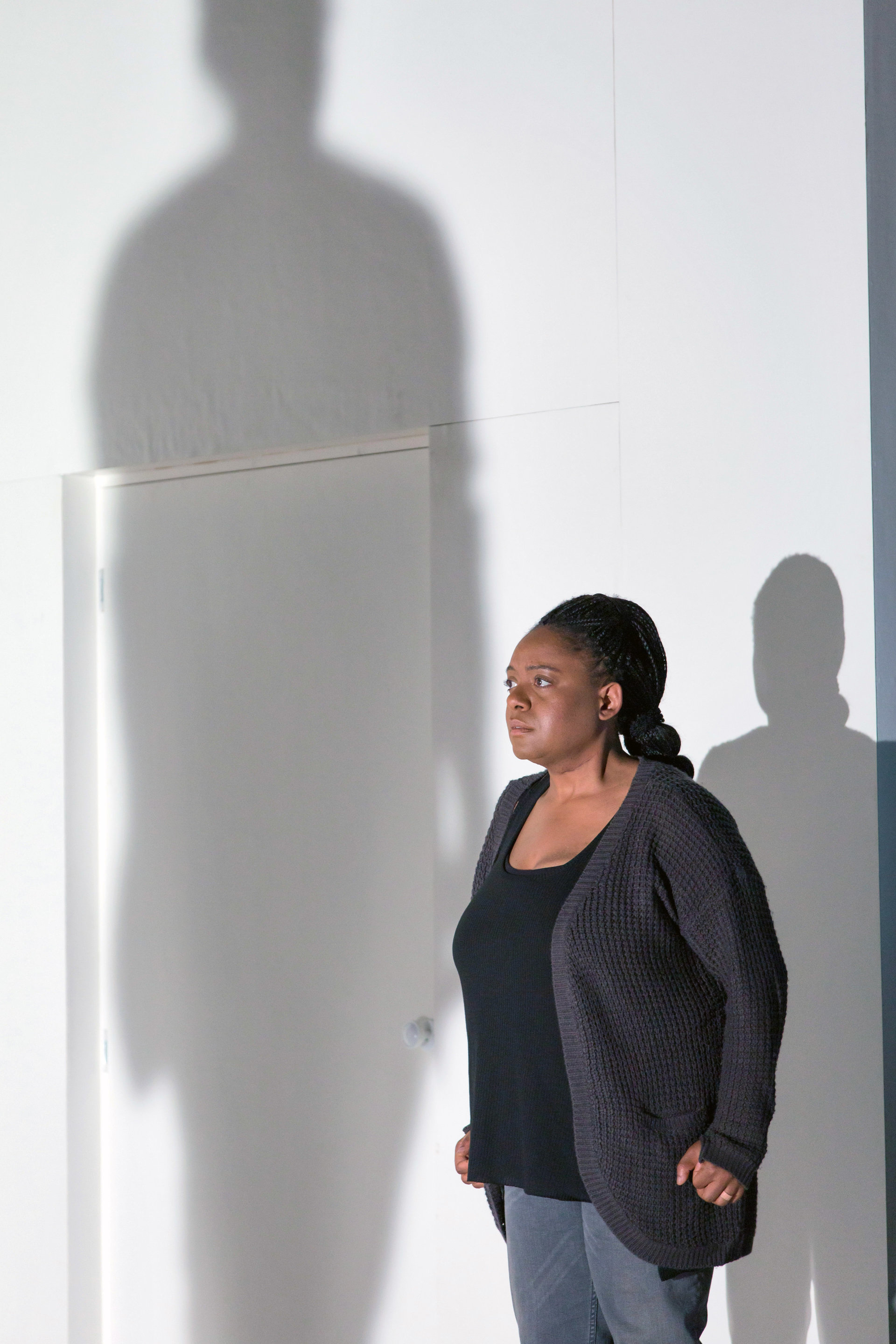4 48 Psychosis, Royal Opera, Lyric Hammersmith | reviews, news & interviews
4.48 Psychosis, Royal Opera, Lyric Hammersmith
4.48 Psychosis, Royal Opera, Lyric Hammersmith
A musical dramatisation of Sarah Kane's classic play finds both pain and consolation

New operas are a risky business, or so the Royal Opera’s past experience teaches us. For years, visiting the company’s Linbury Studio Theatre was like rolling the dice while on a losing streak: vain, desperate hope followed inevitably by disappointment. Glare, The Virtues of Things, Clemency, the failed experiment that was OperaShots. But recently things have taken a turn. Gradually, thanks to works from Birtwistle, Haas and more, the risk has begun to pay off.
Sarah Kane’s final work (first staged at the Royal Court in 2000, over a year after the author’s suicide) is art stripped of its aesthetic shell. 4.48 Psychosis has no characters, no setting, no stage direction beyond frequent silences. It’s a play only in so far as it is written by a playwright, performed on a stage. It’s this very indeterminacy, this fluidity that makes this urgent meditation on love, depression and death so natural a vehicle for someone else’s art. What Kane gives us is naked emotion; what Venables does is clothe it in music.
A cast of six female singers share Kane’s fractured text among themselves
Like a dramatic Waste Land, 4.48 is a collection of fragments – characters, conversations, vignettes, moments – shored against ruin. Picking his way through the chattering textual landscape with infinite care and understanding, cutting little text and adding none, Venables groups the material into genres. The structure that emerges is something like a sketch show; musical and dramatic tropes or textures return again and again, gaining weight and significance cumulatively through repetition and juxtaposition.
Conversations between the central character and her doctor, for example, are rendered – in a brilliant bit of musical inspiration – by percussion. Text appears, projected in Ted Huffman’s production onto the white walls of the set, and is “spoken” rhythmically by pairs of untuned percussion characters – a bass drum and a side drum, for example. The effect of these wordless exchanges is gloriously bathetic. There’s whimsy here but also sharper-edged wit, as when the drum punches out Kane’s dry retort to criticism of an over-elaborate suicide plan: “It couldn’t possibly be misconstrued as a cry for help.”
 Other recurring textures include the use of pre-recorded elevator muzak (musical punctuation between episodes), and a frenetic Glass-esque chuntering of wind instruments to accompany a numeric visual motif. Set against these fixed musical landmarks, stand-alone episodes make far greater impact. An exquisite aria for Clare Presland, sung over a synthesised accompaniment, is equal parts Purcell and pop song, a musical memory that offers a sustained moment of stillness, refusing to give way to the assault of other words and sounds.
Other recurring textures include the use of pre-recorded elevator muzak (musical punctuation between episodes), and a frenetic Glass-esque chuntering of wind instruments to accompany a numeric visual motif. Set against these fixed musical landmarks, stand-alone episodes make far greater impact. An exquisite aria for Clare Presland, sung over a synthesised accompaniment, is equal parts Purcell and pop song, a musical memory that offers a sustained moment of stillness, refusing to give way to the assault of other words and sounds.
A cast of six female singers – sopranos Jennifer Davis, Susanna Hurrell and Gweneth-Ann Rand, and mezzos Emily Edmonds, Clare Presland and Lucy Schaufer – share Kane’s fractured text among themselves, with the help of pre-recorded speech and the musical interventions of CHROMA, conducted here by Richard Baker. Venables’s orchestration (light on strings, heavy on saxophones and keyboards textures) is spare but telling, cultivating a mechanistic quality even when combining purely acoustic instruments that refuses to sentimentalise the outpourings of Kane’s speakers. Paired with the heady, giddy texture of so many upper voices, the result feels dangerously unanchored, unmoored from bass certainty and support.
 With so much of the drama taking place either in music or text (projected or spoken), Huffman’s job as a director is largely to keep out of the way. This he does efficiently enough, treating his cast variously as split personalities of a single self and also as outside individuals – doctors, friends, possibly even lovers. Rand (pictured left) provides the central self, her physical vulnerability at odds with her vocal control, while each of the other singers takes it in turns to dominate, to voice a specific set of concerns or preoccupations.
With so much of the drama taking place either in music or text (projected or spoken), Huffman’s job as a director is largely to keep out of the way. This he does efficiently enough, treating his cast variously as split personalities of a single self and also as outside individuals – doctors, friends, possibly even lovers. Rand (pictured left) provides the central self, her physical vulnerability at odds with her vocal control, while each of the other singers takes it in turns to dominate, to voice a specific set of concerns or preoccupations.
A final ensemble brings all voices together as lapping waves of sound – a rare moment of musical calm, that hints at a redemption, or at least a peace, that the text cannot find for itself. It’s a moment in which ownership of this drama seems to change hands, passing from written word to musical sound, from Kane to Venables.
- 4.48 Psychosis at the Lyric Hammersmith to 28 May
rating
Share this article
The future of Arts Journalism
You can stop theartsdesk.com closing!
We urgently need financing to survive. Our fundraising drive has thus far raised £49,000 but we need to reach £100,000 or we will be forced to close. Please contribute here: https://gofund.me/c3f6033d
And if you can forward this information to anyone who might assist, we’d be grateful.

Subscribe to theartsdesk.com
Thank you for continuing to read our work on theartsdesk.com. For unlimited access to every article in its entirety, including our archive of more than 15,000 pieces, we're asking for £5 per month or £40 per year. We feel it's a very good deal, and hope you do too.
To take a subscription now simply click here.
And if you're looking for that extra gift for a friend or family member, why not treat them to a theartsdesk.com gift subscription?
more Opera
 BBC Proms: The Marriage of Figaro, Glyndebourne Festival review - merriment and menace
Strong Proms transfer for a robust and affecting show
BBC Proms: The Marriage of Figaro, Glyndebourne Festival review - merriment and menace
Strong Proms transfer for a robust and affecting show
 Orpheus and Eurydice, Opera Queensland/SCO, Edinburgh International Festival 2025 review - dazzling, but distracting
Eye-popping acrobatics don’t always assist in Gluck’s quest for operatic truth
Orpheus and Eurydice, Opera Queensland/SCO, Edinburgh International Festival 2025 review - dazzling, but distracting
Eye-popping acrobatics don’t always assist in Gluck’s quest for operatic truth
 MARS, Irish National Opera review - silly space oddity with fun stretches
Cast, orchestra and production give Jennifer Walshe’s bold collage their all
MARS, Irish National Opera review - silly space oddity with fun stretches
Cast, orchestra and production give Jennifer Walshe’s bold collage their all
 Káťa Kabanová, Glyndebourne review - emotional concentration in a salle modulable
Janáček superbly done through or in spite of the symbolism
Káťa Kabanová, Glyndebourne review - emotional concentration in a salle modulable
Janáček superbly done through or in spite of the symbolism
 Buxton International Festival 2025 review - a lavish offering of smaller-scale work
Allison Cook stands out in a fascinating integrated double bill of Bernstein and Poulenc
Buxton International Festival 2025 review - a lavish offering of smaller-scale work
Allison Cook stands out in a fascinating integrated double bill of Bernstein and Poulenc
 Tosca, Clonter Opera review - beauty and integrity in miniature
Happy surprises and a convincing interpretation of Puccini for today
Tosca, Clonter Opera review - beauty and integrity in miniature
Happy surprises and a convincing interpretation of Puccini for today
 Hamlet, Buxton International Festival review - how to re-imagine re-imagined Shakespeare
Music comes first in very 19th century, very Romantic, very French operatic creation
Hamlet, Buxton International Festival review - how to re-imagine re-imagined Shakespeare
Music comes first in very 19th century, very Romantic, very French operatic creation
 Falstaff, Glyndebourne review - knockabout and nostalgia in postwar Windsor
A fat knight to remember, and snappy stagecraft, overcome some tedious waits
Falstaff, Glyndebourne review - knockabout and nostalgia in postwar Windsor
A fat knight to remember, and snappy stagecraft, overcome some tedious waits
 Salome, LSO, Pappano, Barbican review - a partnership in a million
Asmik Grigorian is vocal perfection in league with a great conductor and orchestra
Salome, LSO, Pappano, Barbican review - a partnership in a million
Asmik Grigorian is vocal perfection in league with a great conductor and orchestra
 Semele, Royal Opera review - unholy smoke
Style comes and goes in a justifiably dark treatment of Handelian myth
Semele, Royal Opera review - unholy smoke
Style comes and goes in a justifiably dark treatment of Handelian myth
 Le nozze di Figaro, Glyndebourne review - perceptive humanity in period setting
Mostly glorious cast, sharp ideas, fussy conducting
Le nozze di Figaro, Glyndebourne review - perceptive humanity in period setting
Mostly glorious cast, sharp ideas, fussy conducting
 Fidelio, Garsington Opera review - a battle of sunshine and shadows
Intimacy yields to spectacle as Beethoven's light of freedom triumphs
Fidelio, Garsington Opera review - a battle of sunshine and shadows
Intimacy yields to spectacle as Beethoven's light of freedom triumphs

Add comment